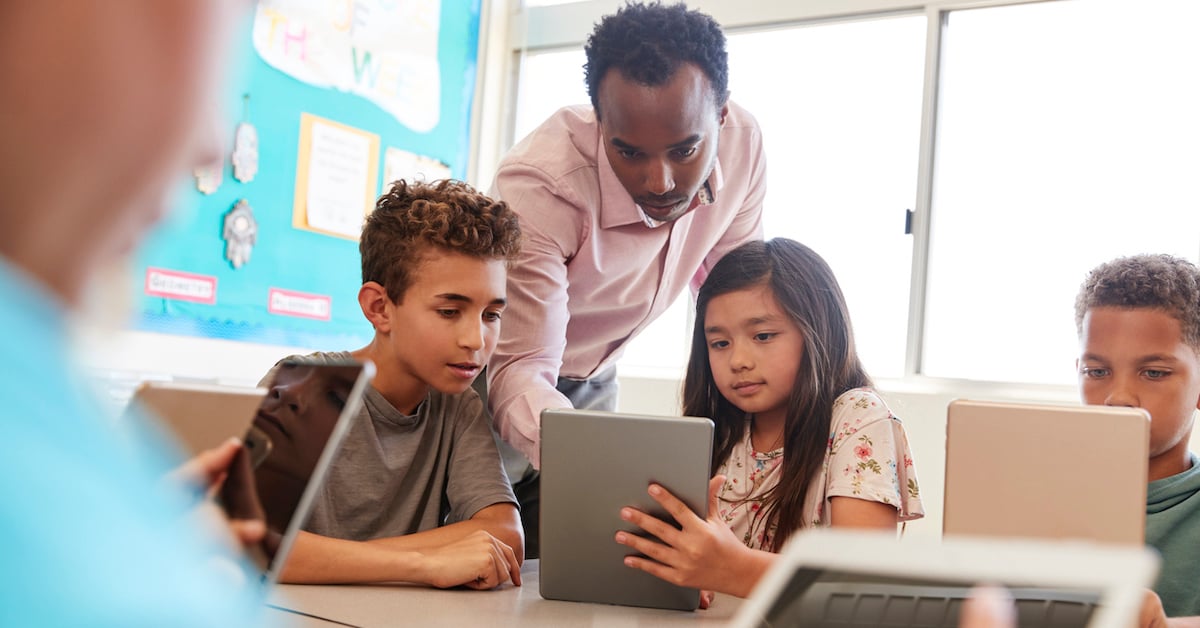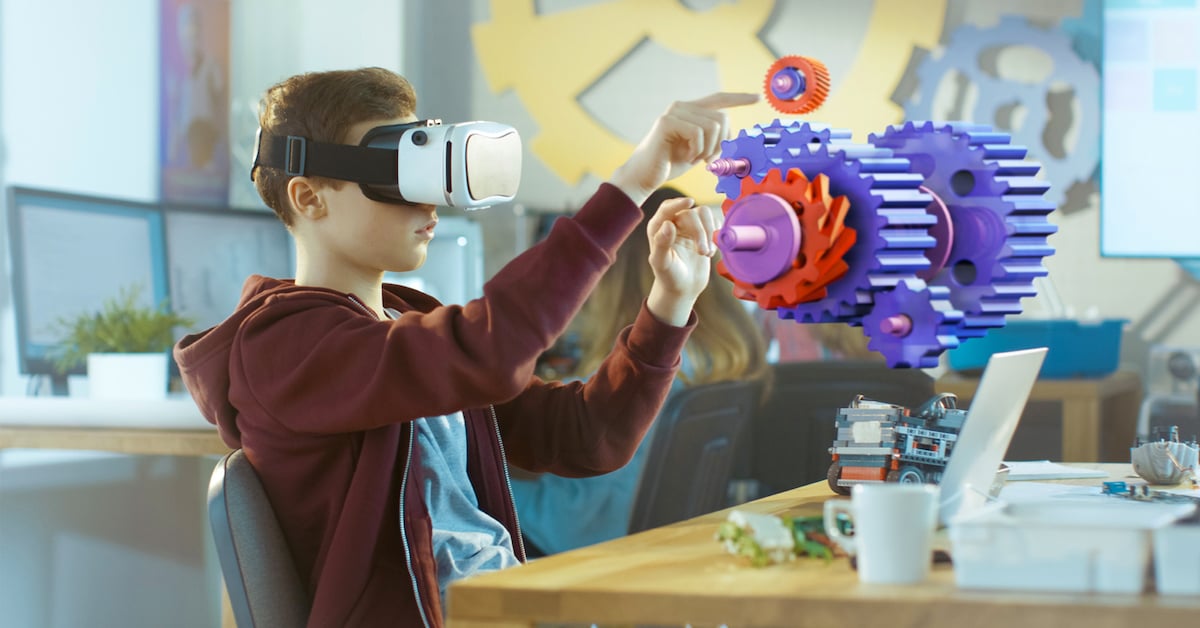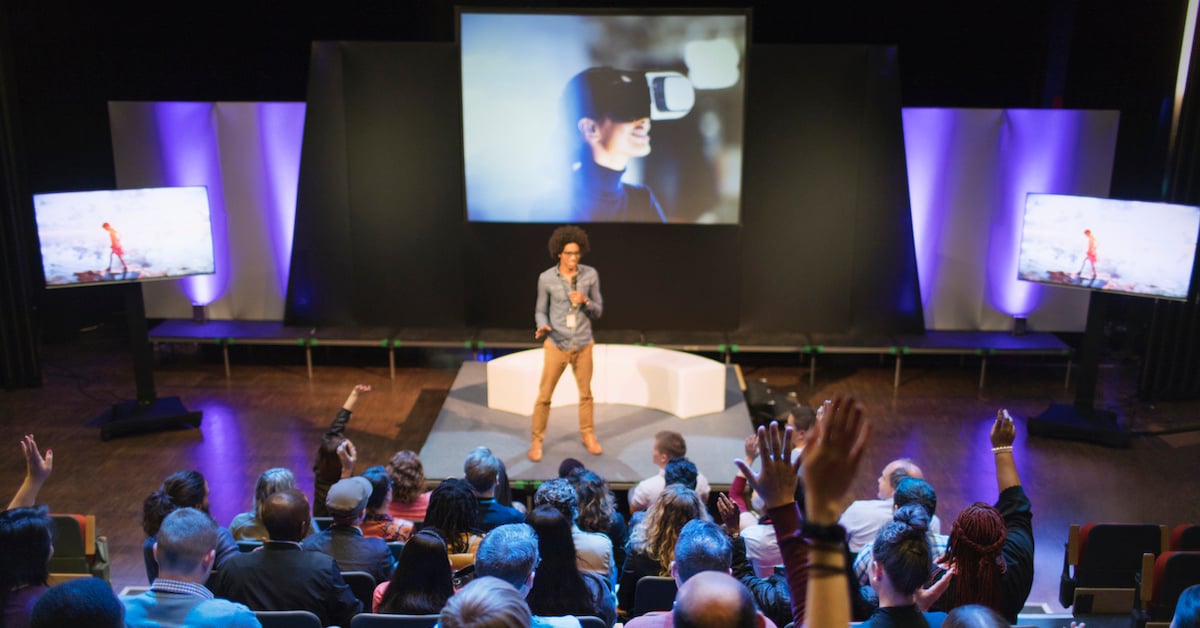
Impact of Audiovisual Innovations to the Education Sector
As digitalization has become the new reality, the impact of user facing innovations has been phenomenal. Regardless of industry or user environment, the boost (and acceptance) of new innovations has resulted in the ability to deliver meaningful and often memorable experiences.
The impact audiovisual (AV) innovations have had on the education sector serves as a prime example.
 Promoting an interactive environment
Promoting an interactive environment
The best way to encourage learning and know that students are internalizing information provided is through engagement and feedback. Today’s AV technology is playing a key role in enhancing the engagement cycle – in a big part through the creation of interactive environments.
Interactive environments can occur through the use of interactive displays including tablets that with the right software allow educators to customize curriculum to meet individualized student needs. This is crucial in environments where students are at differing levels of understanding. These interactive environments also allow educators to quickly identify when they are losing the student’s attention. Gamification is also possible when leveraging interactive displays.
 Benefits of audiovisual aids for learning
Benefits of audiovisual aids for learning
When educators utilizing AV aids, the technology, in many ways, helps level the playing field. Consider, for instance, the correct utilization of audio amplifiers, wireless speakers and microphones in large classrooms. Proper deployment ensures that everyone is receiving the message. Additionally, personal displays or the ability to stream onto a student’s laptop or tablet ensures that any visuals are also easy to see and understand.
With a little creativity, AV aids can go much further in these environments. For example, the utilization of projection mapping can help demonstrate complex topics – bringing new subjects to life for students.
 Examples of AV innovations supporting the education sector
Examples of AV innovations supporting the education sector
Creativity is really the only limitation here, especially when interacting with a generation that fully embraces technology. In fact, this is a generation that expects personalization as the new norm whether they are buying a product are learning about something new.
With this in mind, AV innovations will reach their peak when educators combine the technology with data and other advanced technologies like artificial intelligence, virtual reality and augmented reality. For instance, a University Business survey recently found 66 percent of higher education leaders are researching the use of artificial intelligence to analyze student data in order to personalize learning. At the same time, 44 percent are considering using data such as students’ video viewing, grades, study habits, course enrollment, financial aid and extracurricular activities to develop educational videos based on their interests.
Learning labs that are rapidly growing in popularity across the global are a prime example of a way that educational institutions can test the use of new AV technologies. Not only do these lab environments encourage interactive and collaborative learning, they allow schools to test the effectiveness of new technologies through hands-on exploration.
Ultimately, being able to infuse technology into traditional environments provides a means of extending the experience – perhaps peaking interest into topics that previously lacked student attention.
Interested in learning more about how the right AV technology can make a difference in your learning environment? Electrosonic has spent the last 55 years helping organizations create memorable experiences through creative technology applications. Click here to learn more.
Victoria Cosgrave
Victoria Cosgrave, Field Marketing Manager, Enterprise at Electrosonic, has wide-ranging experience of technology within professional services, financial services, infrastructure, transport, pharmaceuticals and government. Her knowledge and experience enables her to write about the technological landscape and the issues facing clients with great insight.










.jpg?width=1500&height=995&name=ELC501_N17_medium%20(1).jpg)








































































































































































































